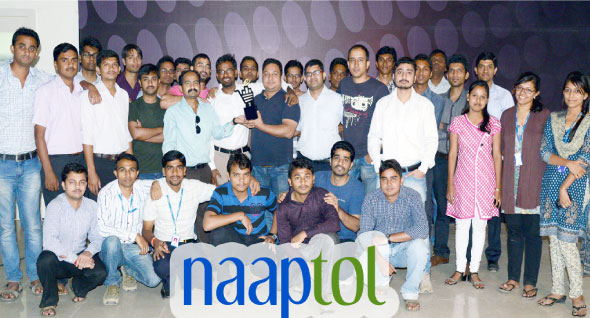 Naaptol, a leading virtual home shopping platform, grew phenomenally by placing its bets on open source technology. Adopting the FOSS model not only helped the e-commerce giant cut down on its early investments, but also proved to be a great enabler in the long run.
Naaptol, a leading virtual home shopping platform, grew phenomenally by placing its bets on open source technology. Adopting the FOSS model not only helped the e-commerce giant cut down on its early investments, but also proved to be a great enabler in the long run.
Open source software has spawned quite a few success stories, with each one indicating the growing acceptance of FOSS at the enterprise level. The classic example of Naaptol, the online retail giant, shows that companies, irrespective of their size, can leverage FOSS and enjoy its benefits forever.
The brainchild of an IITian, Manu Agarwal, Naaptol has grown into a company with a revenue of Rs 2000 million in a span of just five years. It has witnessed phenomenal growth, both in terms of products and revenue. Today, the e-commerce platform sells 200,000 products and 500 brands on its portal. What started out as a three to four member group has today evolved into a company that boasts of a robust team of 500 people comprising the right mix of open source developers and evangelists. What’s interesting is that Naaptol depends almost 100 per cent on open source tools to optimise its IT costs and, therefore, ‘all things FOSS’ seems to be the mantra of the online retailer.
Chief technology officer at Naaptol, Mahendra Patil, who describes himself as a true blue Linux and Java professional, was happy to share the online retail giant’s tryst with open source. Deploying open source solutions was high on the priority list from the day Naaptol was launched in 2008, in an attempt to cut initial investments. As a result, the online retailer claims to have saved approximately 80 per cent on its preliminary costs. Witnessing the application turn into a great success, the owners decided to use this to scale their venture and enhance their business’ profitability. “I have been in the open source industry for more than 12 years. Right from the baby steps of Naaptol, we adopted open source solutions in different areas like the Naaptol Application Platform, the infrastructure development environment, and in domains like quality and testing, performance benchmarking, debugging and more,” says Patil.
Why the ‘open’ model?
Apart from being cost-effective, FOSS helped Naaptol in a number of ways. Giving the lowdown on all the factors, Patil explains, “Open source is indeed cool, as there is a wide range of open source software available in the market to suit your IT requirements. From the early days at Naaptol, we tried out a varied range of open source tools and these helped us. We could even develop our own business solutions framework with the help of FOSS. If you have good expertise in the FOSS terrain, you can develop a distributed, highly customised architecture very easily. You can make the best of your available resources due to the adaptable nature of OSS. And this is what we did at Naaptol. On a day-to-day basis, use of OSS in different departments of the business boosts your solution analysis power.” Patil states that the team always keeps track of the current market trends with reference to proprietary software and tries to find an alternative open source tool.
A comprehensive list of FOSS tools used at Naaptol
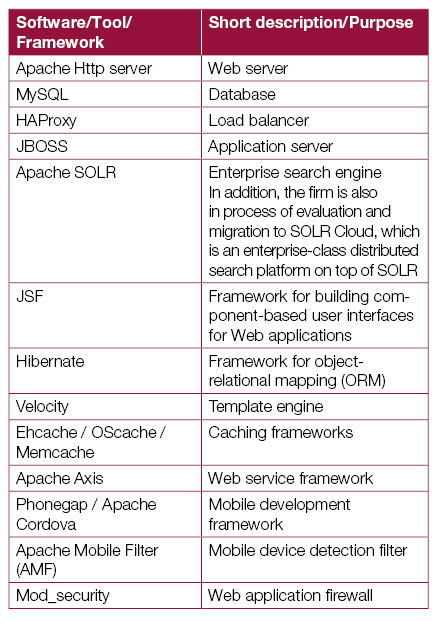 Major challenges faced while deploying FOSS
Major challenges faced while deploying FOSS
Industry experts believe that when it comes to adopting FOSS in companies, one does face a number of challenges. When we put this question to Patil, he did agree, saying, “You might face difficulties in the adoption of open source software if you have not done the right evaluation or perhaps conducted a survey; or you are not clear about your own requirements before the actual implementation of FOSS tools. We didn’t have any major challenges, as such. When a software’s structure is changed in a new release, there are chances that you face difficulties in the upgradation process. At Naaptol, we always keep it in mind that we do all the testing of hardware and application platform portability for greater scalability. It also depends upon the implementation methodology. So, while deploying an open source solution in your organisation, you need to fix such issues on a constant basis while using FOSS.”
Advantages that FOSS brings to companies
From his own experience with open source technology, Patil talks about the significant benefits that FOSS can render to companies looking to go the open source way. Here are some pointers from him, as told to us.
- Choice and availability: One of the best features of the open source software model is that it offers you a wide choice and you will always find an open source solution to suit your requirements.
- Highly customisable: You can customise the open source software as per your needs and can build your own framework using it.
- Lowers costs: OSS reduces the overall cost of evaluation and implementation.
- A viable business model: Open source software has demonstrated a high level of reliability and robustness, and can prove to be a viable business model that can lead to robust revenue streams. Naaptol is a great example.
- Support options/forums: A wide range of details are available from the community via forums, which can help you perform the right implementation.
- Easy migration of resources: Since knowledge of OSS is openly available, you can easily migrate, training existing human resources to a good level, in a minimal time.
- Greater scalability: The open source IT architecture boosts a company’s scalability without any bottlenecks.
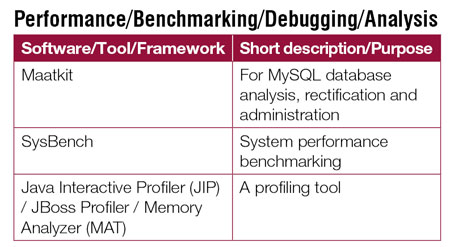
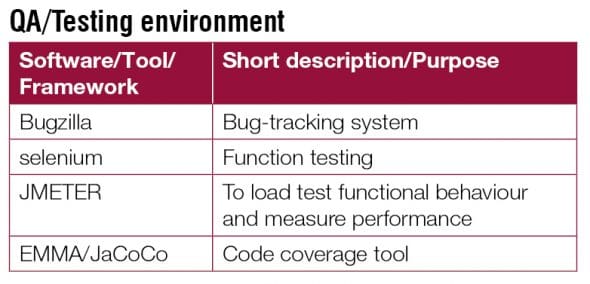
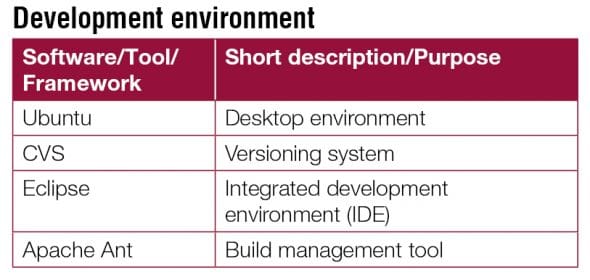
Future challenges
So, what are the major challenges down the road? “The e-commerce industry is witnessing a boom in the Indian market since the last few years. So, if we wish to cope with the competition and widen our footprint in the industry, there is a need for a day-to-day adoption of open source technology to customise data analysis tools and automation in different areas with engagement of large scale data handling at a higher speed. This is one major challenge going forward and we will soon come out with the means to combat this issue. Moreover, we often seek the help of the open source community through blogs and forums to find solutions to our problems.”
Open source technology has surely propelled Naaptol onto the fast track and we are sure many other firms will plunge into the FOSS world in the years to come!










































































I have not really seen such faster site in e-commerce area. All the best.
such a marvelous experience while surfing through site. really appreciate technology team & open-source technology